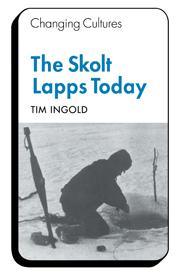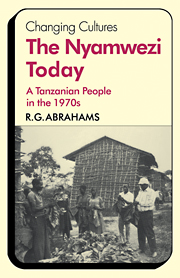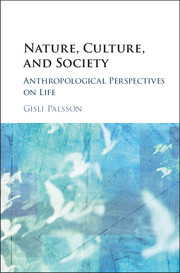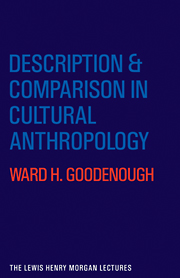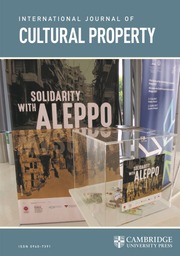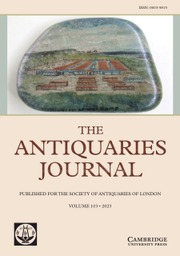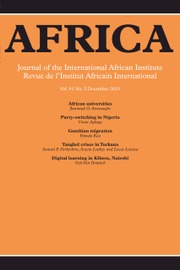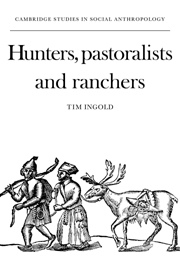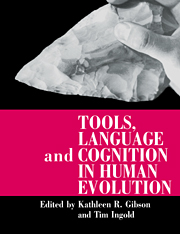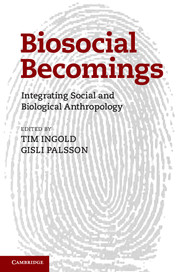The Skolt Lapps Today
On the conclusion of the Second World War, Finland was obliged to cede its northeasternmost territory of Petsamo to the Soviet Union. Amongst those who lost their homes were around four hundred representatives of the original native population of the territory, the Skolt Lapps. The Skolts were subsequently resettled in two 'reservations' marked out in the wilderness of Finland's present northeastern borderlands. The contemporary organization of the Skolt community in the larger of these reservations, the Sevettijärvi area, is the subject of this 1976 study. The first part of the book the ecological imbalance created by technological innovation and commercial penetration; the second analyses the the activities and relationships built up on the fixes template of the resettlement plan; and the third explores the business of 'leap-frog' politics, which links the community into the machinery of modern government and the forum of debate on the future of native minorities.
Product details
January 1977Paperback
9780521290906
290 pages
215 × 140 × 13 mm
0.35kg
Available
Table of Contents
- List of illustrations and tables
- Foreword
- Notes on the text
- 1. Introduction
- Part I. the Procurement of Livelihood:
- 2. Reindeer (1): traditional pastoralism
- 3. Reindeer (2): the breakdown of intensive herding
- 4. Reindeer (3): predatory pastoralism
- 5. Reindeer (4): associational diplomacy
- 6. Fishing
- 7. The exploitation of subsidiary natural resources
- 8. The sources of money income (1): local fields of unemployment
- 9. The sources of money income (2): unemployment and welfare
- 10. The sources of money income (3): migration and emigration
- Part II. The Social Relations of Resettlement:
- 11. The structure of resettlement
- 12. The household (1): the physical structure
- 13. The household (2): the development of domestic groups
- 14. The household (3): the organization of consumption
- 15. Youth
- 16. The neighbourhood
- 17. The central village
- Part III. The Minority Culture:
- 18. Leap-frog politics (1): the headmanship
- 19. Leap-frog politics (2): legislation
- 20. Party politics
- 21. The Lappish movement
- 22. Culture and community
- Notes
- Bibliography
- Guide to further reading
- Index.

